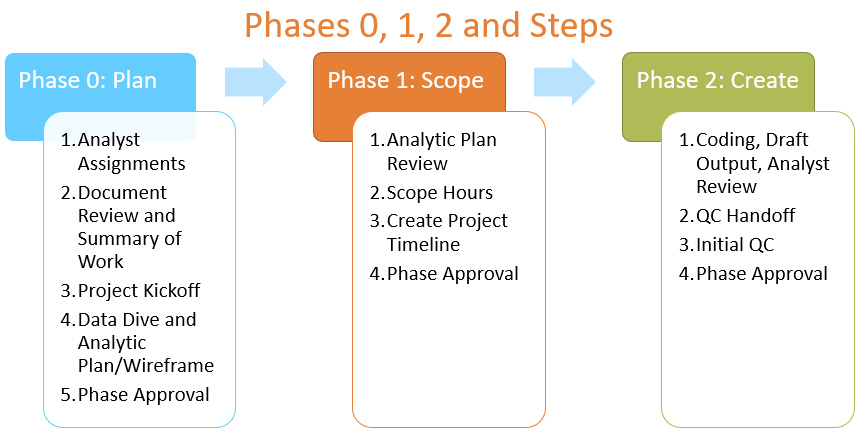In fiscal year 2023-2024, CIVHC’s Data Operations team implemented a new project management process, PhaseGate, to ensure projects moving through CIVHC’s teams are successful. The process divides development into distinct stages, or phases, separated by decision points, known as gates.
The PhaseGate process is effective because it helps teams break larger, complex projects into smaller chunks with several levels of review and quality checks. This makes reporting and assessing whether a team is ready to proceed with the next phase much easier. Team members can think of the process as a game where you can only move on to the next challenge once you have passed the current puzzle you are on. At each checkpoint, or gate, the members of the project can decide whether they should continue to the next phase or postpone moving forward with the project to continue making modifications in the current phase. These checkpoints allow for reflection and help ensure that a project stays on task and reduce the risk of something going wrong later on because challenges are addressed early.
Implementation of this process is standardizing project management across all of CIVHC. Research has demonstrated that when we have replicable processes for task execution, we use less brain power to address those processes and tasks. This standardizing allows all team members to have more cognitive processing for research, creativity, coding, and critical thinking.

